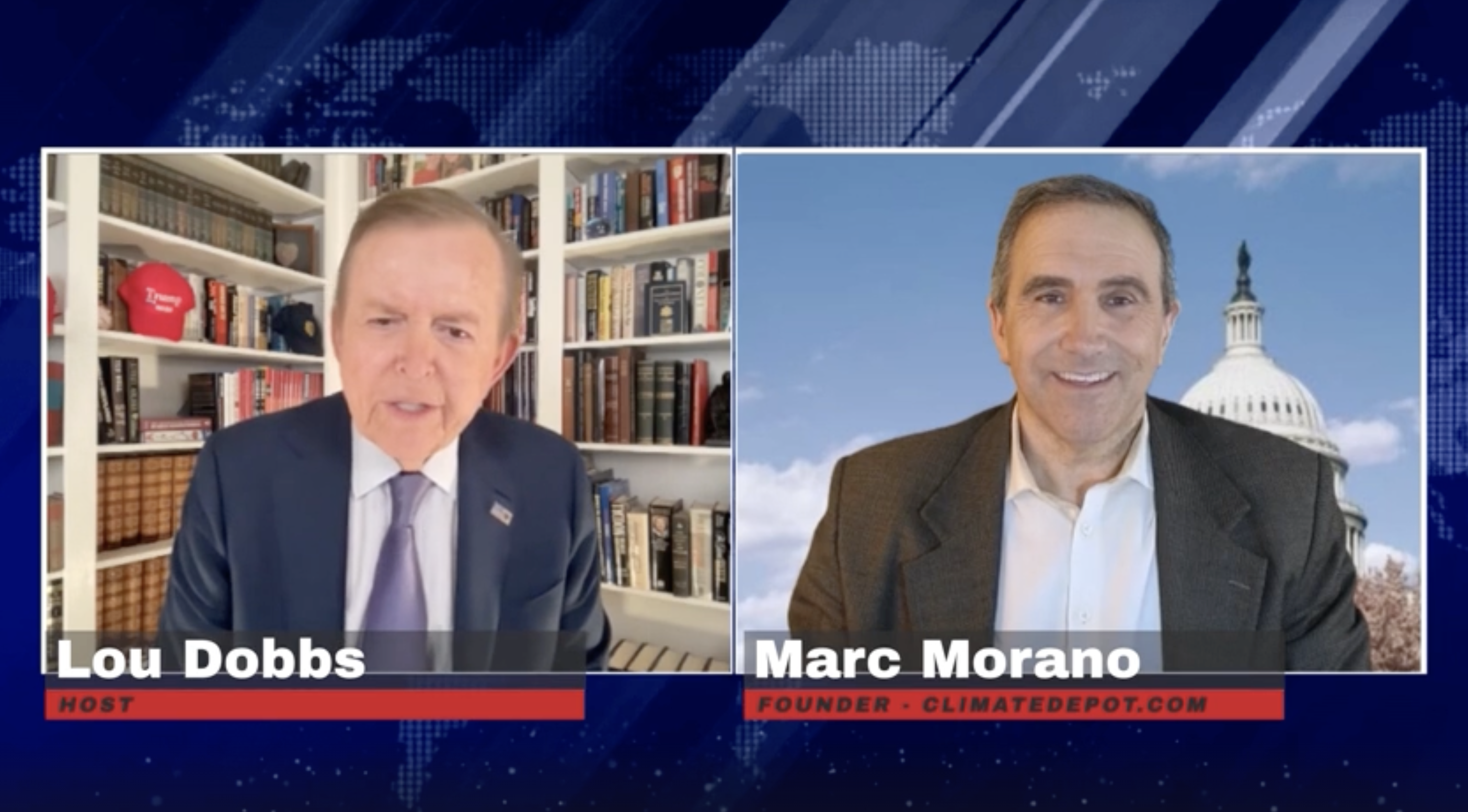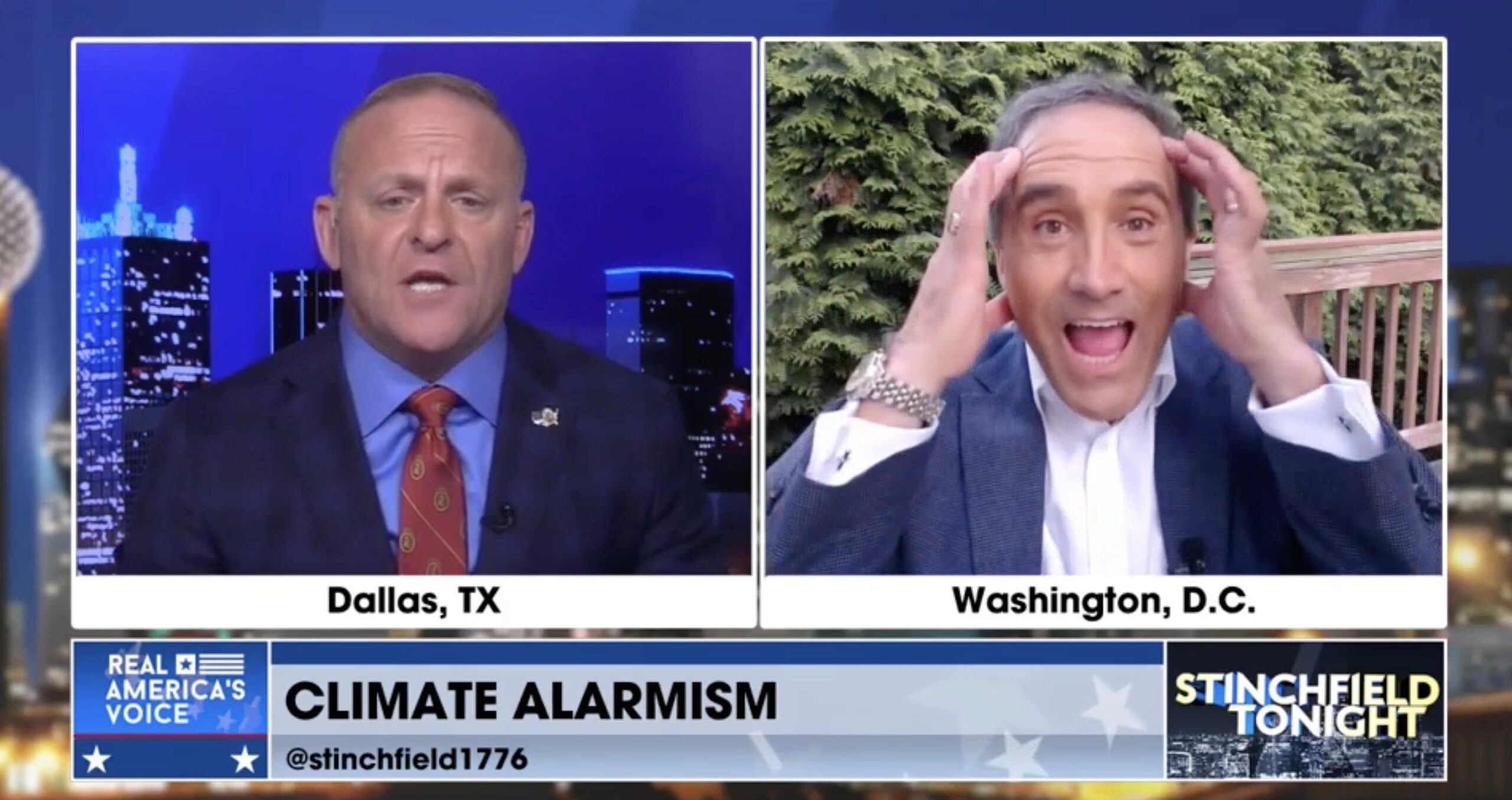Physicist Dr. Ralph Alexander
The new challenge to the CO2 hypothesis is set out in a recent research paper by French geologist Pascal Richet. Richet claims, by reexamining previous analyses of an Antarctic ice core, that greenhouse gases such as CO2 and methane had only a minor effect on the earth’s climate over the past 423,000 years, and that the assumed forcing of climate by CO2 is incompatible with ice-core data. The paper is controversial, however, and the publisher is subjecting it to a post-publication review.
The much-analyzed ice core in question was drilled at the Russian Vostok station in East Antarctica. Past atmospheric CO2 levels and surface temperatures are calculated from ice cores by measuring the air composition and the oxygen 18O to 16O isotopic ratio, respectively, in air bubbles trapped by the ice. The Vostok record, which covers the four most recent ice ages or glaciations as well as the current interglacial (Holocene), is depicted in the figure below. The CO2 level is represented by the upper set of graphs (below the insolation data), which shows the substantial drop in CO2 during an ice age; the associated drop in temperature ΔT is represented by the lower set of graphs.

Most paleoclimatologists believe that CO2 lagged temperature during the ice ages because it takes several hundred years for CO2 to come out of, or get into, the world’s oceans, which is where the bulk of the CO2 on our planet is stored. The oceans can hold much more CO2 (and heat) than the atmosphere. Warm water holds less CO2 than cooler water, so the oceans release CO2 when the temperature rises, but take it in when the earth cools.
Richet noticed that the temperature peaks in the Vostok record are much narrower than the corresponding CO2 peaks. The full widths at half maximum, marked by thick horizontal bars in the figure above, range from about 7,000 to 16,000 years for the initial temperature peak in cycles II, III and IV, but from 14,000 to 23,000 years for the initial CO2 peak; cycle V can’t be analyzed because its start is missing from the data. All other peaks are also narrower for temperature than for CO2.
The author argues that CO2 can’t drive temperature since an effect can’t last for a shorter period of time than its cause. The fact that the peaks are systematically wider for CO2 than for temperature implies that the CO2 level responds to temperature changes, not the other way round. And for most of cycles II, III and IV, CO2 increases correspond to temperature decreases and vice versa.
Richet’s conclusion, if correct, would deal a deathblow to the CO2 global warming hypothesis. The reason has to do with the behavior of the temperature and CO2 level at the commencement and termination of ice ages.
Ice ages are believed to have ended (and begun) because of changes in the Earth’s orbit around the sun. After tens of thousands of years of bitter cold, the temperature suddenly took an upward turn. But according to the CO2 hypothesis, the melting of ice sheets and glaciers caused by the slight initial warming could not have continued, unless this temperature rise was amplified by positive feedbacks. These include CO2 feedback, triggered by a surge in atmospheric CO2 as it escaped from the oceans.
The problem with this explanation is that it requires a similar chain of events, based on CO2 and other feedbacks, to have enhanced global cooling as the temperature fell at the beginning of an ice age. But, says Richet, “From the dual way in which feedback would work, temperature decreases and increases should be similar for the same concentrations of greenhouse gases, regardless of the residence times of these gases in the atmosphere.” The fact that temperature decreases don’t depend in any noticeable way on CO2 concentration in the figure above demonstrates that the synchronicity required by the feedback mechanism is absent.





